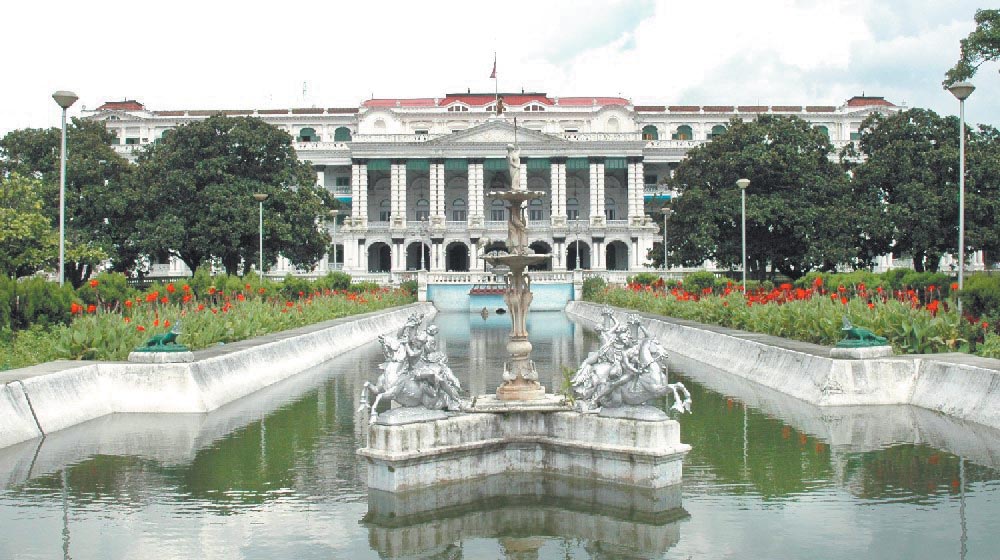Govt to update status of protected species
Kathmandu, December 10
The government of Nepal is preparing to revisit various ecosystems and protected areas in the country to update the status of protected species and ecosystems. The current list of protected species and available ecosystems was developed during the early 1970s and has not been updated since.
The current list of protected species in Nepal has 27 species of mammals, nine species of birds, and three species of reptiles. Dr Maheshwor Dhakal, joint secretary of the Ministry of Forest and Soil Conservation, said habitats of major endangered species and protected areas will be revisited to get an updated status.
“Some protected areas had been added in recent years, making a revisit of available ecosystems and an update necessary,” he said, adding, “The government plans to make individual profiles of all endangered species.”
Red pandas, snow leopards, Bengal tigers, one-horned rhinoceroses, Himalayan musk deer, dolphins, swamp deer, Asiatic elephants, four-horned antelopes, black bucks, Indian pangolins, Chinese pangolins, Assamese monkeys, grey wolves, brown bears, spotted linsangs, striped hyaenas, leopard cats, clouded leopards, lynxes, gaur bisons, wild yaks, wild water buffaloes, Tibetan antelopes, great Tibetan sheep, hispid hares, and pigmy hogs are listed as protected mammals in Nepal.
Similarly, Varanus flavescens, Gavialis gangeticus and Pythos molurus are listed as protected reptiles, and the Great hornbill, Lesser Florican, Bengal Florican, Satyr Tragopan, Himalayan Monal, Cheer Pheasant, Sarus Crane, White Stork, and Black Stork are listed as protected birds in Nepal. Deputy Director General of Department of National Park and Wildlife Conservation Gopal Prasad Bhattarai said it is essential for the DNPWC to get the latest status of the species for a conservation programme profile.
The overall goal of the DNPWC is to conserve wildlife and outstanding landscapes of ecological importance. The primary objective is to conserve the country’s major representative ecosystems, unique natural and cultural heritage, and protect valuable and endangered wildlife species. It encourages scientific research for the conservation of genetic diversity.
There are 20 protected areas in Nepal. They cover landscapes and ecosystems from the Himalayas and high mountain watersheds to the flood plains of Tarai, with low representation in the mid-mountain area. It is assumed that 80 out of 118 ecosystems in Nepal are covered by the Protected Areas.
Nepal has been utilising its own resources, local community participation, and related stakeholders for the management and conservation of the protected areas. While managing the conservation activity in this way, DNPWC also has focused on programs that support the development of local communities. Tourism has also been an integral part of Protected Areas, and efforts has been made for its development too.
Despite cumulative efforts of the Nepali government, local communities, and various NGOs, the increase in human population and urban development activities have put forth a number of challenges to protected areas. Encroachment of forest and dependency of local communities on protected areas for grass, wood, grazing, and other forest products have been a great challenge. The extensive requirement of forest product from local community and growing human-wildlife conflict sometimes cause conflict among protected areas and local communities.






